Trusted by leading marine contractors worldwide
Simulate Your Operations, Win More Tenders
Metocean Analytics empowers tender managers and offshore project teams to streamline planning and decision-making in challenging environmental conditions.
Free demo for one location
Flexible choice of metocean analysis
No credit card required
Discover Metocean Analytics the only tool that helps you plan your offshore operations in advance using hindcast data.
Powerful Features for Maritime Operations
Advanced tools and insights to optimize your offshore projects and reduce operational risks.
Plan
metocean monitoring at early stages
Plan offshore projects with precision thanks to a flexible choice of metocean analysis. Define the average conditions, the extreme value, the date validation and create specific report for wind, wave, ocean currents, tidal currents, water height, salinity and temperature, at a global level.


Dramatically mitigate
weather-related risk
Dramatically mitigate weather-related-risks with precise metocean hindcasts. Minimize downtime for one defined location by knowing the actual site weather conditions.
Effortless Access to
Worldwide Metocean Data
Gain real-time insights into global metocean conditions, including wind, waves, and currents, from open, private, third-party, and customizable data sources. Integrate your own datasets to tailor analytics for marine operations, all within a single, streamlined platform.

Metocean Dataset Overview
Metocean Analytics integrates a variety of global and regional datasets, offering comprehensive coverage with reliable resolution.
| Data Set | Region | Temporal Resolution | Coverage Period |
|---|---|---|---|
| Wind | Global | Hourly | From 1979 to 2024 |
| Currents | Global | Hourly | From 2007 to 2024 |
| Waves | Global | Hourly | From 1993 to 2024 |
| Water Heights | Global | Hourly | From 2007 to 2024 |
| Temperature | Global | Hourly | From 2007 to 2024 |
Effortless Access to Worldwide Metocean Data with
Worldwide Metocean Data
Gain real-time insights into global metocean conditions, including wind, waves, and currents, from open, private, third-party, and customizable data sources. Integrate your own datasets to tailor analytics for marine operations, all within a single, streamlined platform.






See Metocean Analytics in Action
Experience how our platform streamlines marine operations planning and risk management
FREE GUIDE
Learn more about the critical role of metocean :
Explore the environmental impact of offshore projects, analyze the factors influencing metocean conditions, and discover strategies already being implemented to enhance safety and efficiency.
ENTER YOUR EMAIL TO RECEIVE THE COMPREHENSIVE DOCUMENT
Sustainable Development Goal
We pride ourselves on supporting the European Union’s goal of a sustainable future as communicated through the 17 Sustainable Development Goals.

Tools
Learn
Raise the efficiency of your value chain or to reduce your environmental footprint to save time and money.
APIs
Developers
All APIs have worldwide coverage and cover all commercial vessel types. Access our APIs and start implementing them in under 5 minutes thanks to our developer resource portal.
What is Metocean Analytics? Metocean Analytics, for whom?
The term “metocean” comes from the combination of meteorology and oceanography. Some weather, marine, environmental, and physical oceanography conditions affect some industries in various ways in their day-to-day business.
For marine sector stakeholders, knowing the environmental conditions supports faster strategic decision-making for maritime activities or projects. Harnessing high-quality metocean data may lead to designing tailored and efficient solutions against any challenges.
Various aspects are particularly useful in Metocean Analytics. A large selection of variables is then monitored to enable each industry or company to find personalized solutions or create a tailor-made strategy. Below is a list of the main parameters:
- water movements: sea-surface level, current speed, and direction, tide and surge variations;
- offshore wind: mean wind speed/strength, wind direction;
- sea state: wavelength and height, wave period, wave direction;
- water characteristics: depth, salinity, temperature;
- air temperature.
Meteorological and oceanographic data is acquired from various sources that are compiled for in-depth analysis:
- a multitude of buoy systems that are positioned in situ, under the sea surface, or on inland weather stations. These measuring instruments feature sensors that monitor the calibrated variables and then transfer the gathered information to a computer in a remote location.
- radars and satellite observations;
- drone technology;
- the Copernicus Marine Service provides free, open information on all aspects of the ocean state (physical, biogeochemical) for European regional seas and global oceans.
Data collection and analysis are conducted under international standards like ISO as well as the industry’s best practices.
A large amount of raw metocean data is not very helpful. To be understandable and exploitable by most people, values must be standardized, sorted, and then presented as a history of spatial and temporal fluctuations or used in realistic numerical modeling to make predictions. For example, It is possible to:
- map the water’s dynamic effects from a measuring point in a radius of one kilometer or more, to generate global, regional, or local wave models, tidal and current models, etc.
- track weather changes within a time interval (minutes, days, weeks, months, years) to evaluate the occurrence of the events and extrapolate them to get refined predictions.
A central dashboard allows easy reading of data and models.
On top of common benefits to all industries, metocean information has many applications that enable individual sectors to tackle major challenges they must struggle with.
For shipping lines
- Calculate the most accurate ETA;
- ensure the security of ships and crew.
For port operators
- study vessel maneuverability in the terminal;
- better plan vessels’ arrival and departure to avoid slowing down or halting;
- allocate appropriate human and material resources to eliminate unnecessary weather downtime;
- minimize the duration of cargo loading/offloading.
For marine contractors
- assess the safety and operability of floating and fixed structures and other marine engineering projects;
- evaluate the impact of their projects on the marine environment and lessen their carbon footprint;
- evaluate the probability of extreme climate events that may prevent safe operations.
For oil and gas companies
- evaluate risks during initial exploration;
- study undersea pipeline feasibility;
- determine the suitable window for the transport and deployment of offshore structures.
For clean electricity producers
- assess the energy and yield potential.
- For inland transportation services providers
- anticipate the pick-up of cargoes, depending on the ships’ arrival and port terminal operations.
This list is non-exhaustive but shows how far it is possible to go with advanced met ocean analytics. Any of these companies can access complete and accurate data via their own daily tools, using an API for quick and smooth integration. Then, the users will only have to select a geographical area or a specific location anywhere on earth and a timeframe to get the required local datasets in different formats within minutes. The downscaling enables a high-resolution representation.
An offshore project is conducted in the open ocean, a few, or many kilometers from the coast. Here are a few examples:
- construction of wind farms, solar plants, or tidal and wave facilities that generate renewable energy;
- deployment of large-scale fixed/semi-submersible floating platforms that explore, drill, extract, and production of petroleum and natural gas, which are then transported to shore installations through pipelines or by tankers;
- building of bridges;
- reparation of offshore equipment…
Metocean analytics contribute to increased efficiency across all stages of any offshore or coastal project: feasibility study, planning, design, construction or installation, operation, maintenance, and removal. The aim is to always access reliable information, whether historical, real-time, or forecast, and take relevant decisions with a high degree of precision and significantly improve services.
What is Metocean Analytics ?
Metocean conditions refer to the combined understanding of meteorological and oceanographic factors, including wind, waves, and currents, crucial in offshore coastal engineering and renewable energy projects. These conditions encompass meteorological elements like wind speed, air temperature, and oceanographic aspects such as water levels, temperature, and underwater depth. Key metocean scenarios include local winds, wind-generated waves, swells, surface currents from local storms, and deep-water currents influenced by basin circulation and site-specific factors.
Interest in Metocean Conditions: Understanding metocean conditions is vital for ensuring the success of marine projects, removing ambiguity in engineering specifications, and enhancing operational efficiencies and safety.
Benefits of Monitoring Metocean Conditions: Monitoring metocean conditions provides benefits such as accurate marine environment evaluation, efficient planning and design of offshore structures, and resource maximization by addressing delays caused by extreme weather.
Trends in Metocean Conditions Monitoring: Current trends involve digitization and tools like the Metocean Analytics Module, optimizing real-time data for increased productivity in offshore and coastal engineering projects.
Featured Content About Metocean
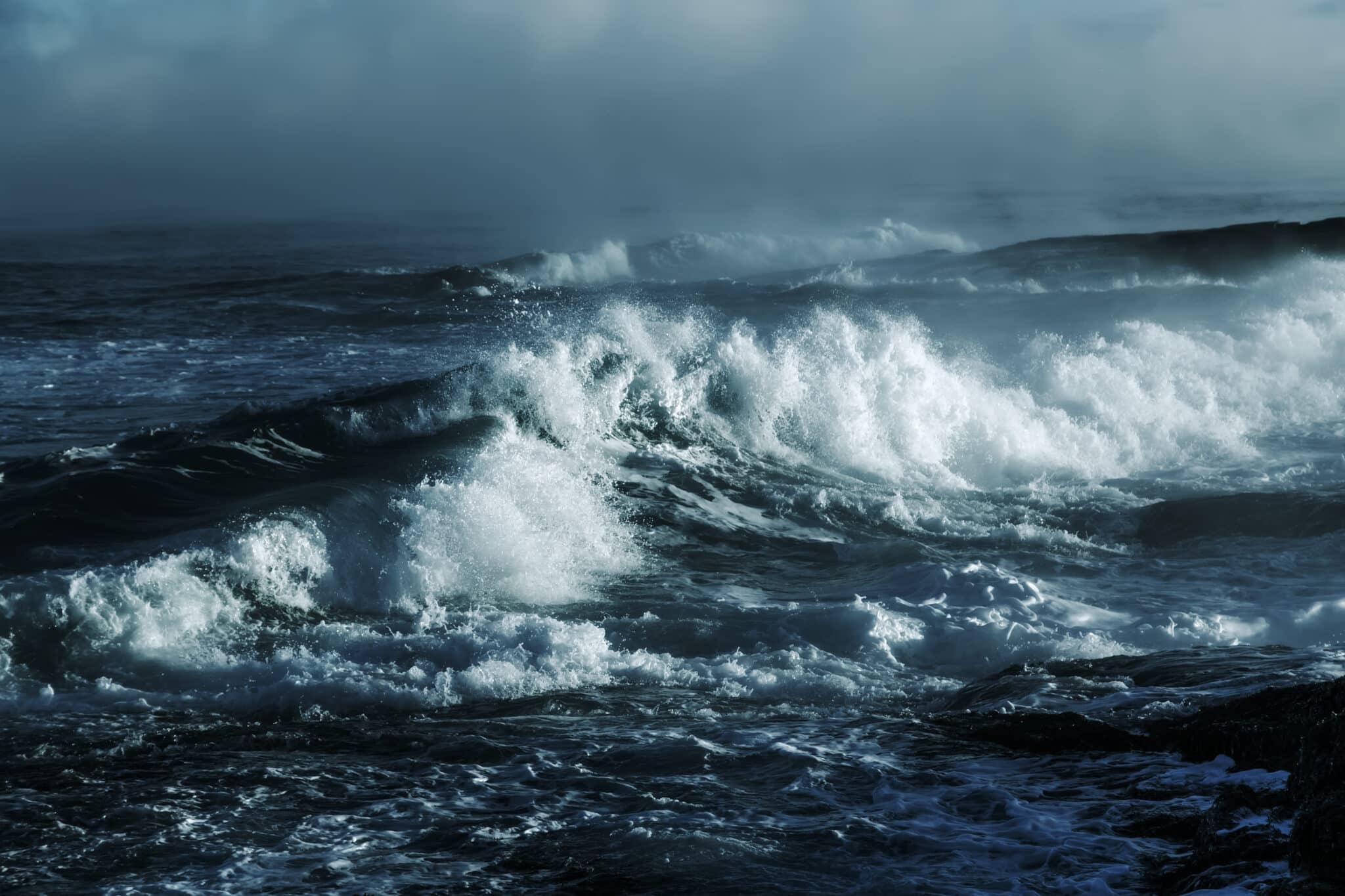
How to Monitor Metocean Data?
Metocean data is fundamental to the success of all marine offshore & renewable projects, from planning and exploration to design and implementation.
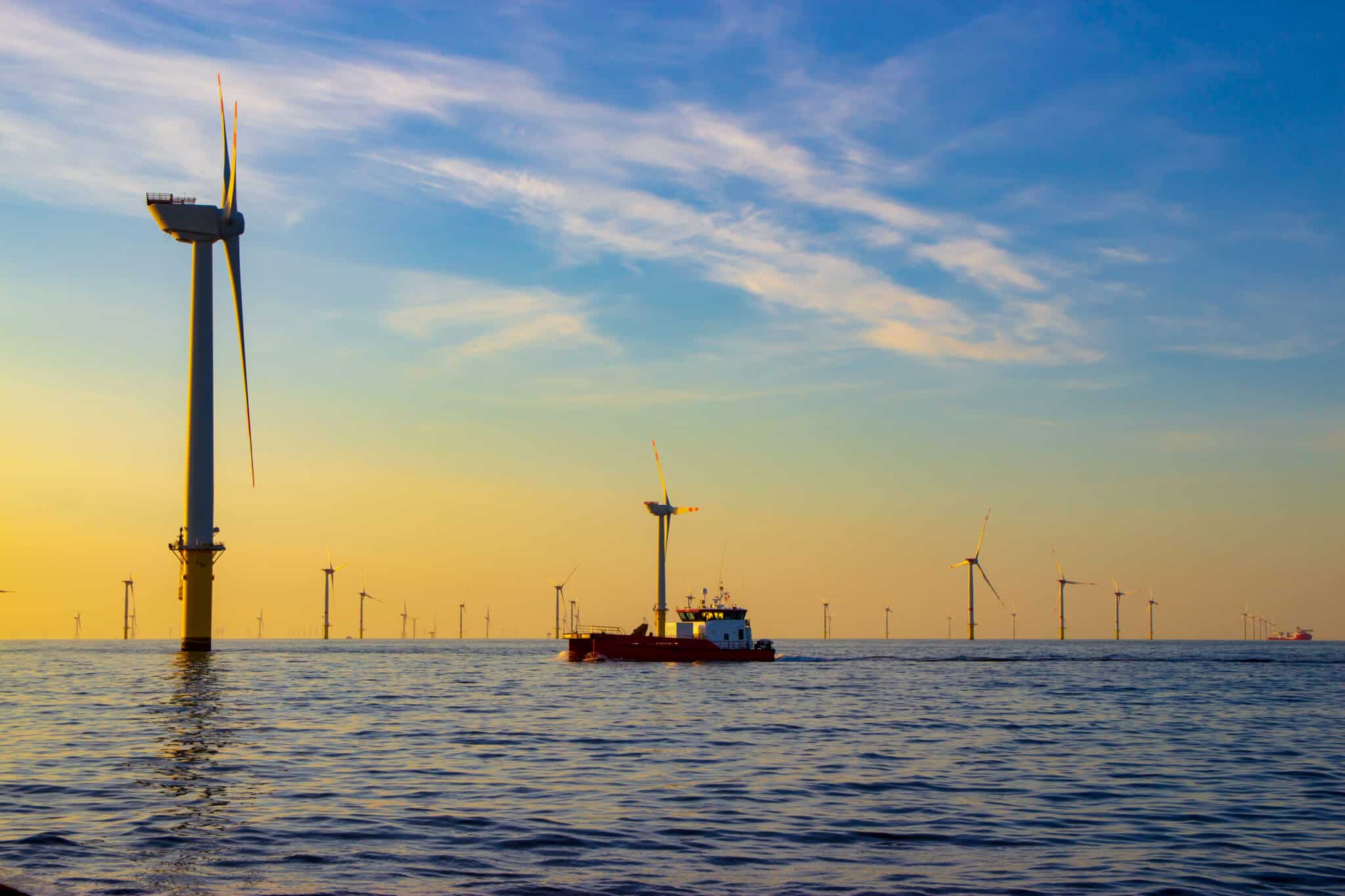
What is Metocean?
Metocean concerns understanding meteorological and oceanographic conditions in offshore coastal engineering or renewable energy projects.
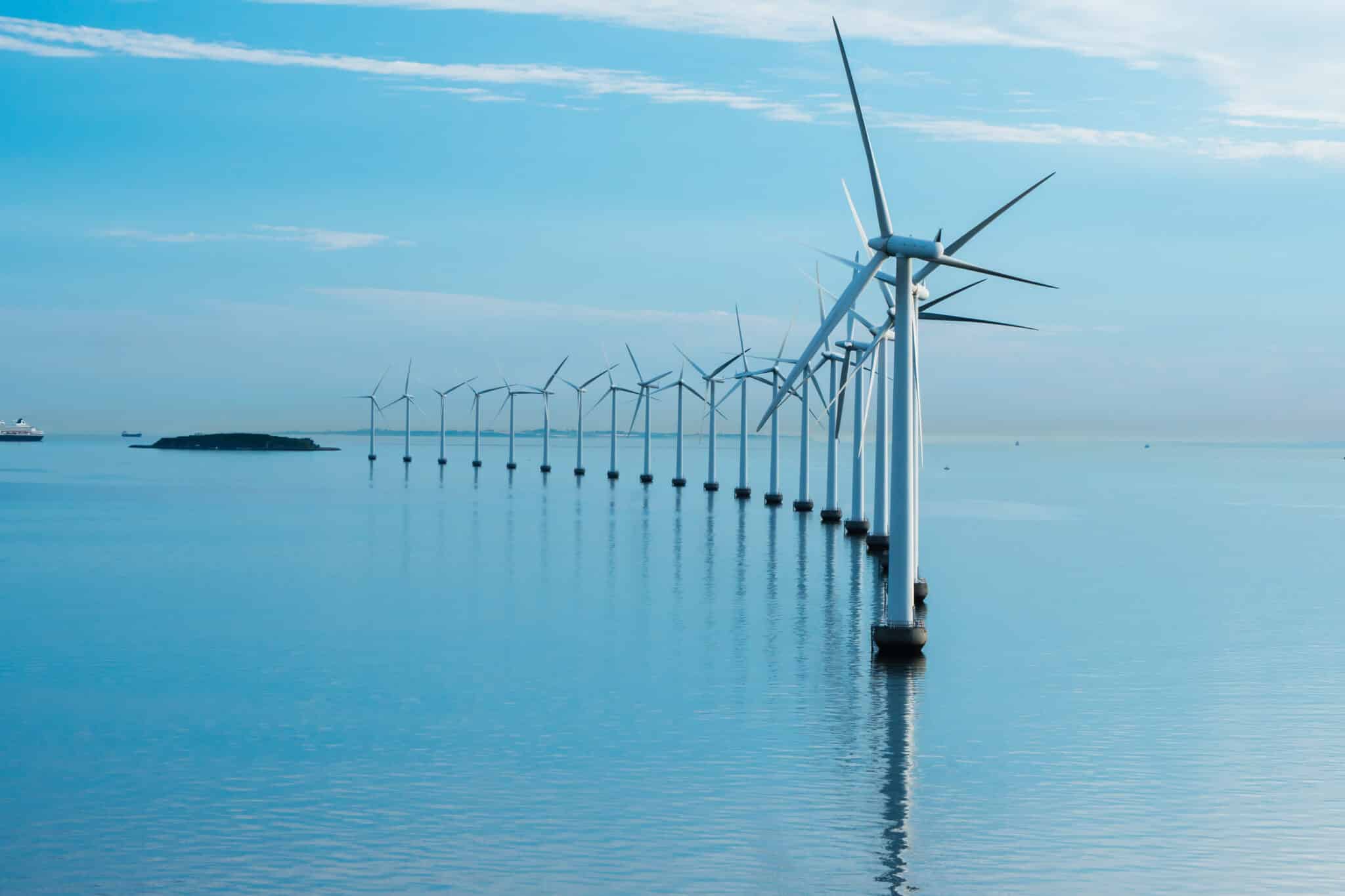
Does Offshore Wind Affect Marine Life?
Encouraging the use of offshore wind farms as a source of renewable energy is an important step toward becoming a greener, more sustainable world, and
Latest Posts
Featured content about Logistics

What are 7 Types of Cargo Ships?
Explore the world of maritime transportation and learn about the 7 different types of cargo ships, including bulk carriers, container ships, and more. Discover the
Top Posts
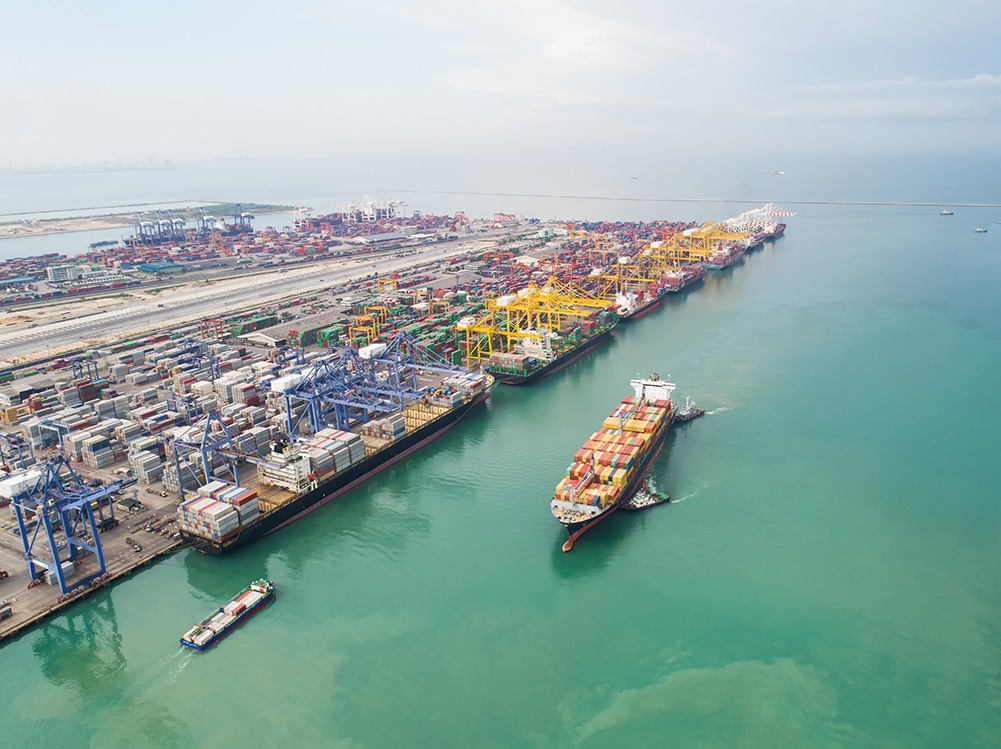
What is Artificial Intelligence in Smart Port Operations?
Understand the role of artificial intelligence in smart port operations and learn about its benefits and challenges. Discover the latest advancements and applications.
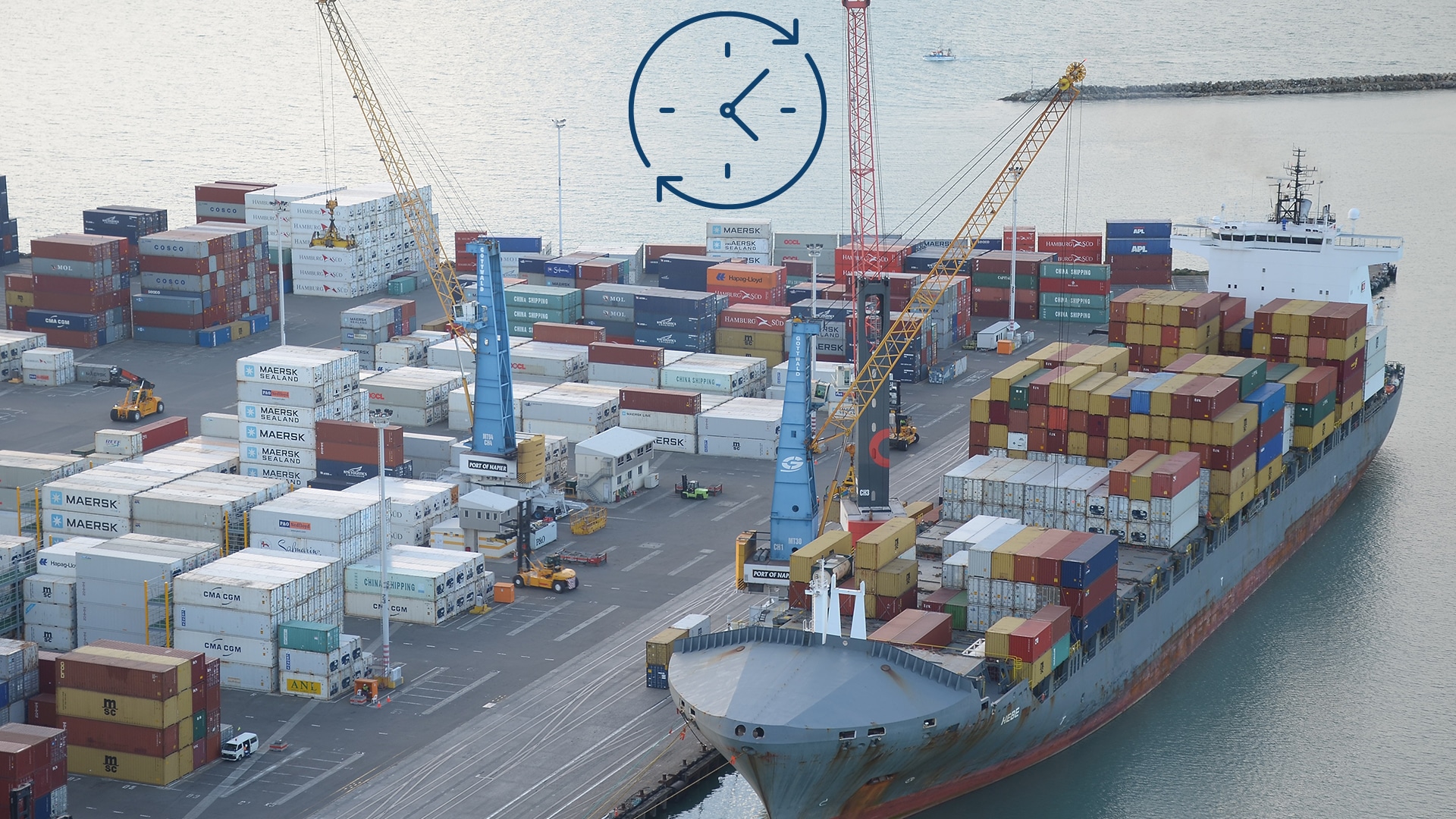
Port Efficiency and Vessel Turnaround Time
In ocean shipping, Vessel Turnaround Time- the time frame of arrival and departure of the vessel at a port- turns out to be the most

Vessel Route Forecasting: Predicting ETA and Increasing Fuel Efficiency
The world of maritime navigation is improving and evolving every day, focusing on increasing ship safety and the economic viability of all shipping operations. With
